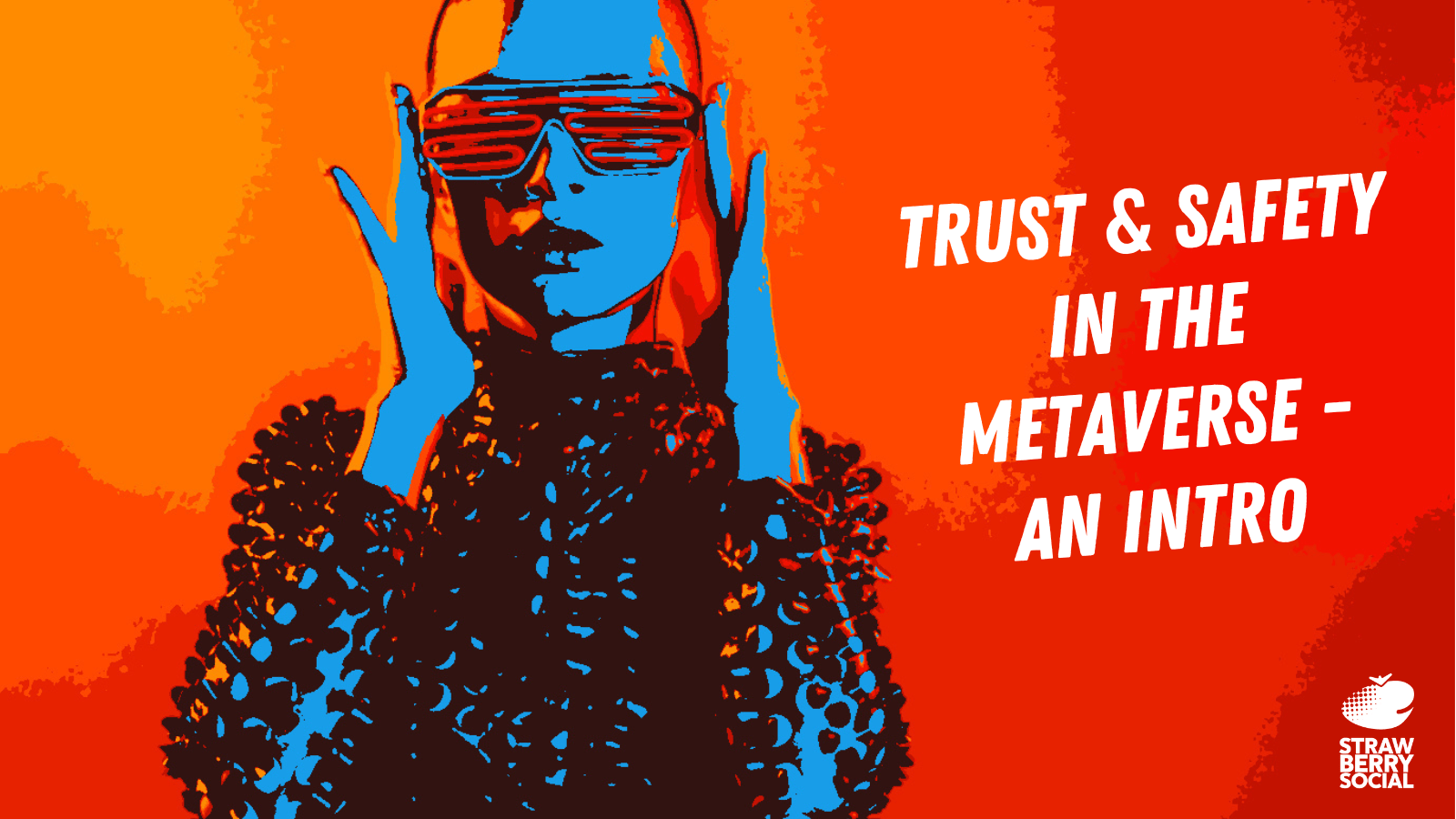Recent demonstrations (in particular the Zuckerberg-built metaverse, called Horizon Worlds) have received less than impressive feedback. Some industry veterans have referred to the spaces as nothing more than reconstructed virtual worlds a la’ There.com, SecondLife.com or even Roblox today.
Negative and damaging behaviour has already reared its ugly head in Web3.0 and so far, not much has been accomplished to reduce it. Those of us working in Trust and Safety are fully aware that both individuals and companies are watching closely to better understand when and how they should invest their time and money into Web3.0, safely.

